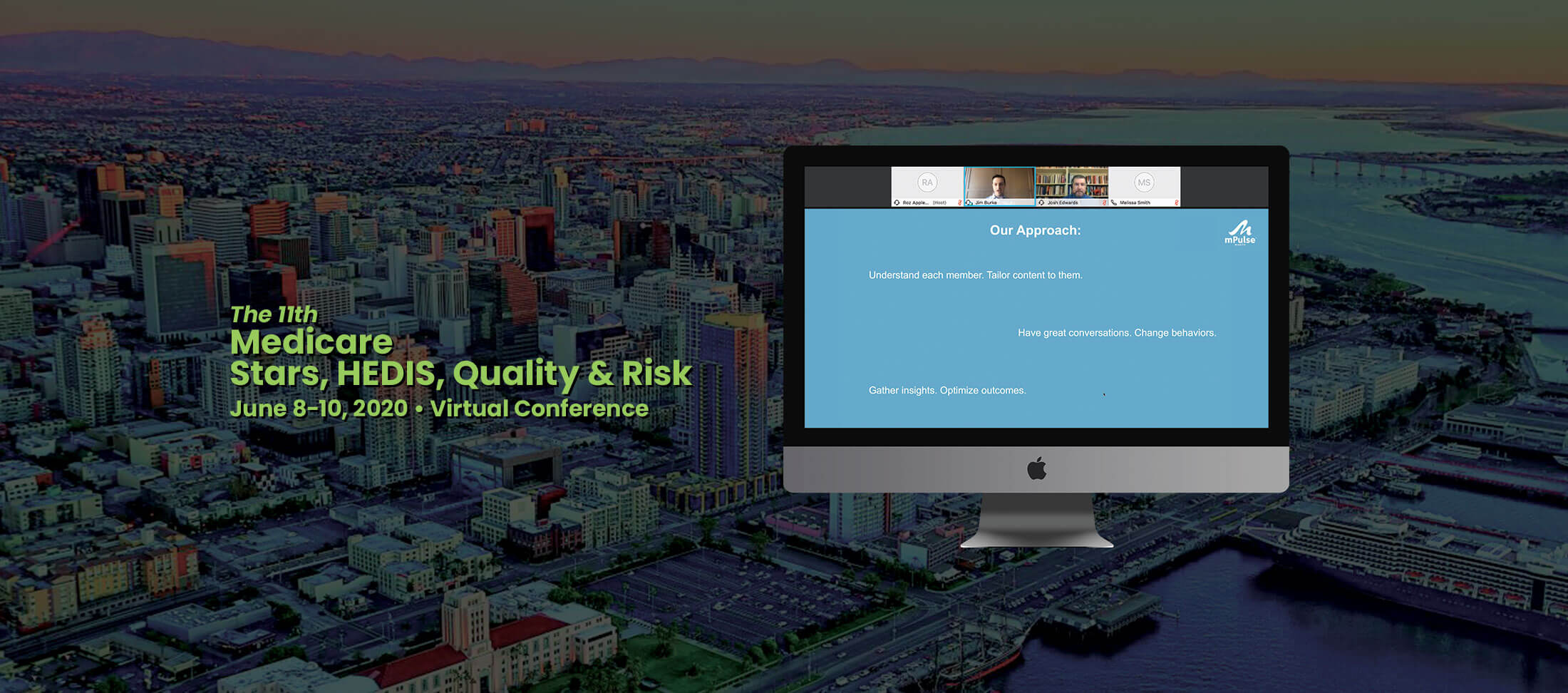This past Thursday, June 25, 2020, was a busy day for the Federal Communications Commission (FCC) and their oversight on the Telephone Consumer Protection Act of 1991 (TCPA).
That law, and the FCC rules enforcing it, create the primary regulatory structure that guides how automated outreach via phone and text to cell phones lawfully happens in the US. As a result, mPulse is always monitoring FCC rulings, federal court cases, and Congressional actions that relate to how our customers can ensure they are always compliant with the TCPA. So, when the Commission issued two binding Declaratory Rulings relating to the TCPA last week, we knew it was important to examine what was (and wasn’t) changing as a result. Here is our breakdown of the two new rulings. (Note: I’m not a lawyer and this should not be taken as legal advice.)
P2P Alliance Petition
What it is: The FCC ruled on a 2018 request from the Peer 2 Peer (P2P) Alliance asking for clarification on what constitutes an “auto-dialer” that calls or texts cell phones. This definition is key to determining if the TCPA applies to a technology platform.
What happened: The Commission’s Consumer and Government Affairs Bureau (CGB) made two key rulings. First, they clarified that an auto-dialer must store or generate random or sequential phone numbers and call them without human intervention. They specifically clarified that a technology platform where a human had to manually enter each number prior to calling or texting would not be subject to the TCPA, no matter how fast they would be able to call or text. Second, the FCC reiterated a long-standing view that, even when using an auto-dialer subject to the TCPA, calls and texts made to cell phones with the consumer’s prior express consent are permitted. They also took a moment in the ruling to note, “The Commission has repeatedly made clear that ‘persons who knowingly release their telephone numbers’ for a particular purpose ‘have in effect given their invitation or permission to be called at the number which they have given’ for that purpose, absent instructions to the contrary.” They finished by saying that if P2P was an auto-dialer, but was only calling or texting consumers who had provided their cell phone numbers to the calling parties, those calls/texts would be permissible because they were made with prior express consent.
What it means: Because of our scale and the crucial nature of the calls and texts (among other channels) our platform powers for our healthcare customers, mPulse has always operated under the assumption we fall under the TCPA, even as the definition of an auto-dialer has been debated in federal courts. So, our operations won’t change due to any update to that definition. The reiteration that providing a mobile phone number constitutes prior express consent, absent instructions to the contrary, is a good and clear reinforcement of the FCC’s view of how consumers can opt into non-marketing text and phone outreach.
Text of ruling: https://www.fcc.gov/document/cgb-issues-declaratory-ruling-p2p-alliance-petition
Anthem Petition
What is it: The CGB also ruled on a 2015 request from Anthem that was asking for an expansion of the exemptions for healthcare messaging under the TCPA. Specifically, Anthem asked for the FCC to rule that calls and texts from Anthem (and plans or providers in general) that concern healthcare should not need to have prior express consent as long as consumers have an easy opportunity to opt out. The existence of a prior established relationship between the plan and members is enough, in their argument, to start that outreach. Second, they asked that broader healthcare calls/texts should be exempt from the TCPA entirely because they are welcomed by consumers and represent urgent healthcare concerns. Specifically, Anthem listed calls/texts on subjects like preventive medicine outreach, case management, to “educate members about available services and benefits,” and the use and maintenance of benefits.
What happened: The Commission declined to grant Anthem’s requests. They emphasized that consent must be obtained prior to starting outreach regardless of an existing relationship, but noted that healthcare callers should have little problem obtaining that consent. The FCC also disagreed with a few of the Anthem petition’s arguments for making a content-based exception to the TCPA for non-emergency healthcare calls and texts.
What it means: The FCC’s ruling is positive in a number of ways. This was the first time that the FCC directly addressed calls and texts that health plans typically send their members. The FCC’s treatment of Anthem as a healthcare entity – consistent with their definition of a “healthcare provider” as a HIPAA-covered entity and/or their business associates as those terms are defined under HIPAA – helps health plans get clarity that the TCPA protections for healthcare calls and texts – which require prior express consent instead of the prior express written consent that general marketing calls require – apply to their health-related messaging as well as those from hospitals or doctors’ offices. Ultimately the FCC’s move to look at health plan calls and texts and determine that no change was needed gives us confidence in the compliance procedures we have helped our plan customers follow for over a decade.
Text of ruling: https://www.fcc.gov/document/cgb-issues-declaratory-ruling-and-order-anthem-inc




